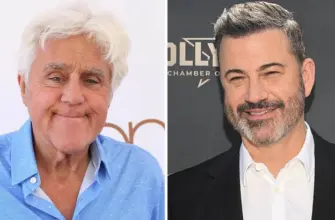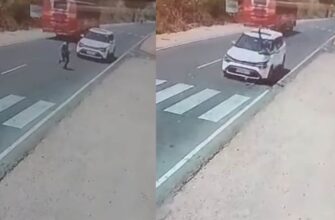## The Shadowy Figure: NIA Intensifies Probe into 26/11 Mumbai Attack Connections
More than fifteen years after the devastating 2008 Mumbai terror attacks, India’s National Investigation Agency (NIA) is focusing on identifying a mysterious individual who reportedly met with Tahawwur Rana, a key accused in the case, in Dubai prior to the assaults. Sources within the NIA suggest this person possessed knowledge of the impending attack.
Rana, a 64-year-old Canadian businessman with Pakistani origins and a close associate of convicted plotter David Coleman Headley (also known as Daood Gilani), is now in high-security NIA custody in New Delhi following his extradition from the United States. Investigators believe questioning Rana could finally unlock the elusive “Dubai connection” that played a role in this landmark tragedy.
The Enigma of Dubai
Who is this individual who met with Rana in Dubai? Records shared by US investigative agencies with Indian authorities indicate this person was aware of the planned attack. The NIA has confirmed it’s actively pursuing their identity and potential involvement.
“According to NIA sources, Headley explicitly warned Rana in 2008 not to travel to India, citing imminent terrorist operations.”
The theory suggests that Headley orchestrated a meeting between Rana and a co-conspirator in Dubai, who purportedly confirmed the attack’s imminence. The investigation is exploring whether this individual was linked to:
- The Inter-Services Intelligence (ISI), Pakistan’s military intelligence agency
- A senior figure within the Pakistani Army
- A leader of a designated terrorist group operating from Pakistan
What makes this person particularly intriguing is their anonymity, even within established counter-terrorism networks. The NIA believes that Rana may have referenced them in previous questioning by US authorities, details of which are now held by Indian agencies.
Suspicious Business Practices
Adding another layer to the investigation is the decision by Rana and Headley to discontinue the lease on an office in Mumbai operated under the guise of Rana’s immigration consultancy. This space was reportedly utilized by Headley for reconnaissance, meticulously surveying potential targets including hotels and public areas.
Earlier inquiries revealed that in August 2005, Headley informed Rana about Lashkar-e-Taiba’s (LeT) plan to deploy him to India under the cover of Rana’s immigration firm. Headley proposed utilizing Rana’s business as a front for his operations.
Leveraging his Western appearance and US passport, Headley moved freely throughout Mumbai, documenting key landmarks with video recordings that were subsequently transmitted back to his handlers in Pakistan.
Beyond Mumbai: A Wider Conspiracy?
The NIA suspects the tactics employed in Mumbai may have been part of a broader strategy aimed at orchestrating similar attacks in other Indian cities. Rana’s travel history is being scrutinized as part of this investigation.
Between November 13 and 21, 2008, Rana traveled to various Indian cities with his wife, Samraz Rana Akhtar, including: Hapur and Agra (Uttar Pradesh), Delhi, Kochi, Ahmedabad, and Mumbai. Authorities are investigating whether these trips were reconnaissance missions for potential attacks.
A Network of Allegations
The NIA has previously identified several individuals implicated in the broader conspiracy, including:
- Hafiz Saeed, founder of LeT
- Zaki-ur-Rehman Lakhvi, operational commander of LeT
- Sajjid Majid
- Illyas Kashmiri
- Abdur Rehman Hashim Syed (Major Abdurrehman or Pasha)
The agency alleges that these individuals worked in concert with ISI officials, specifically identifying Major Iqbal (alias Major Ali) and Major Sameer Ali (alias Major Samir), all suspected of involvement in the planning, funding, and logistical aspects of the Mumbai attack.
Rana and Headley shared a history as schoolmates in Pakistan and subsequently partnered in the immigration consultancy business, which authorities believe was exploited for terrorist purposes.
Secure Confinement
Rana is currently being held in a highly secure cell at the NIA headquarters in Delhi’s CGO complex. The area is heavily guarded by both CRPF and Delhi Police personnel. Round-the-clock surveillance monitors his movements, with medical examinations conducted every 24 hours.
Legal counsel meetings are permitted on alternate days, but only under strict supervision, using soft-tip pens to prevent any potential communication risks.
The current Director General of NIA, Sadanand Vasant Date, was critically injured during the 2008 attacks while engaging with attackers Ajmal Kasab and Abu Ismail at Cama Hospital, demonstrating his dedication to confronting terrorism firsthand.



